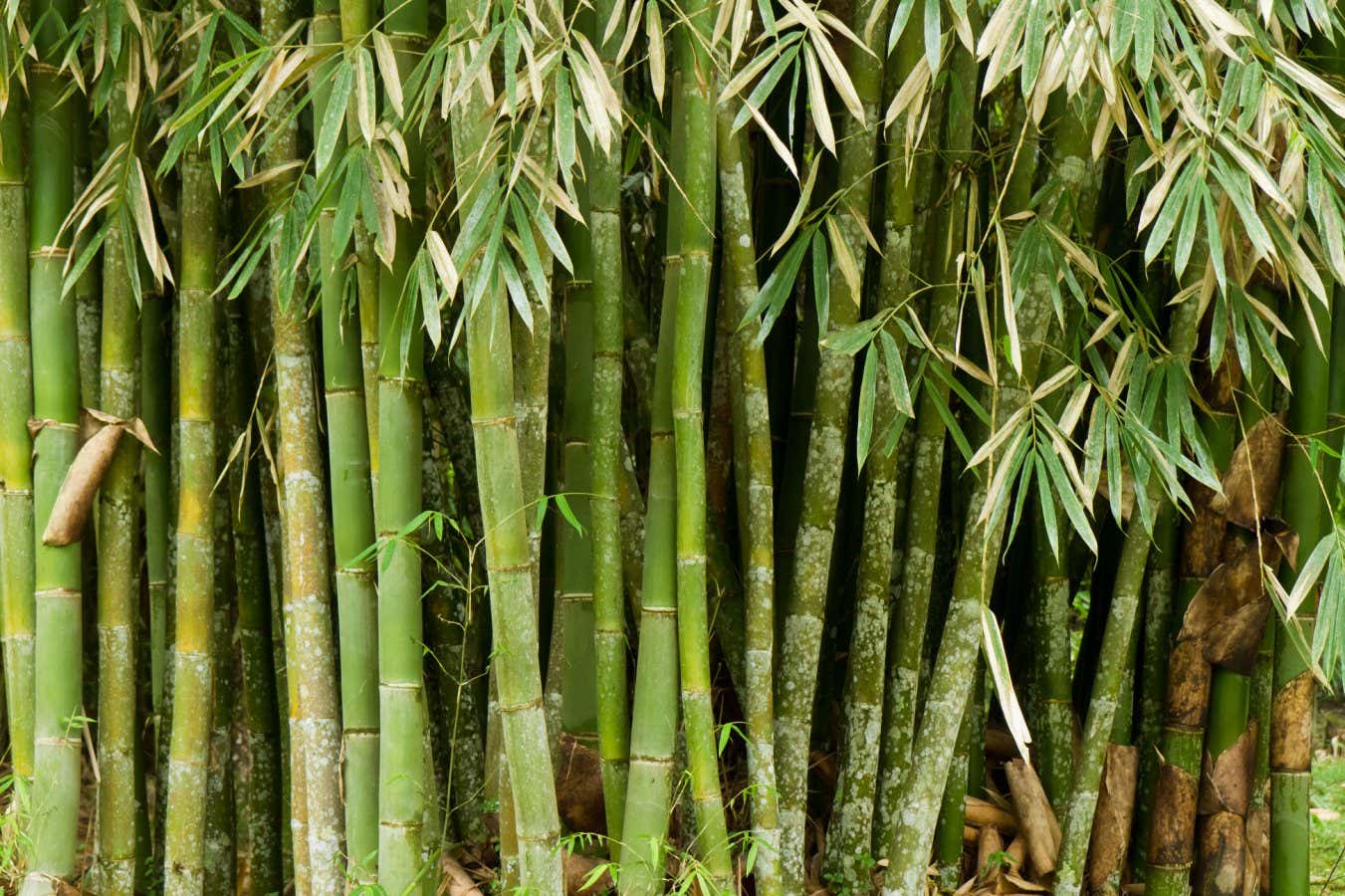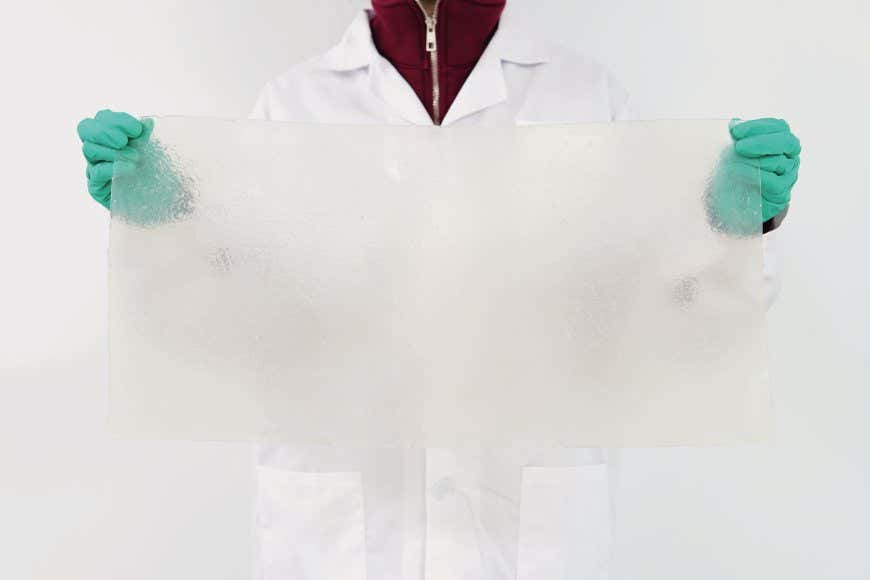
Bamboo plants are a fast-growing, renewable resource
James Freeman / Alamy
Hard plastic made from bamboo is as strong and durable as conventional plastics for uses such as household appliances and car interiors, but is also recyclable and biodegrades easily in soil.
Plastics derived from biological matter, or bioplastics, are increasingly popular, but they still only make up around half a per cent of the more than 400 million tonnes of plastics produced each year. This is, in part, because bioplastics lack the mechanical strength of many oil-based plastics and also can’t be easily used in common manufacturing processes.
Now, Dawei Zhao at Shenyang University of Chemical Technology in China and his colleagues have developed a way to produce plastic from cellulose derived from bamboo, which can replicate or surpass the properties of many widely used plastics.
“Bamboo’s rapid growth makes it a highly renewable resource, providing a sustainable alternative to traditional timber sources, but its current applications are still largely limited to more traditional woven products,” says Zhao.
Zhao and his team first treated the bamboo by adding zinc chloride and a simple acid, which breaks down the strong chemical bonds and produces a soup of smaller cellulose molecules. They then added ethanol, which makes the cellulose molecules rearrange into a strong, solidified plastic.
The plastic’s toughness is comparable to commonly used engineering plastics – strong plastics used in vehicles, appliances and construction, says Andrew Dove at the University of Birmingham, UK, who wasn’t involved in the study.

A sheet of plastic made from bamboo
Dawei Zhao
However, its rigidity also means that its potential uses aren’t the most widespread. “It’s not something that’s going to challenge the use of the main plastics we use in packaging, like polyethylene and polypropylene,” says Dove. “But while it’s targeting a smaller set of engineering plastics, it could still help alleviate some of the sourcing concerns of the incumbent [plastics] in that area.”
Although it isn’t as cheap as some of the most commonly used plastics, Zhao and his team found that it can be completely recycled while keeping 90 per cent of its original strength, which could make it more economically attractive. They also report that it is biodegradable within 50 days, although this claim has failed to stand up to scrutiny for other biodegradable plastics.
Topics:
